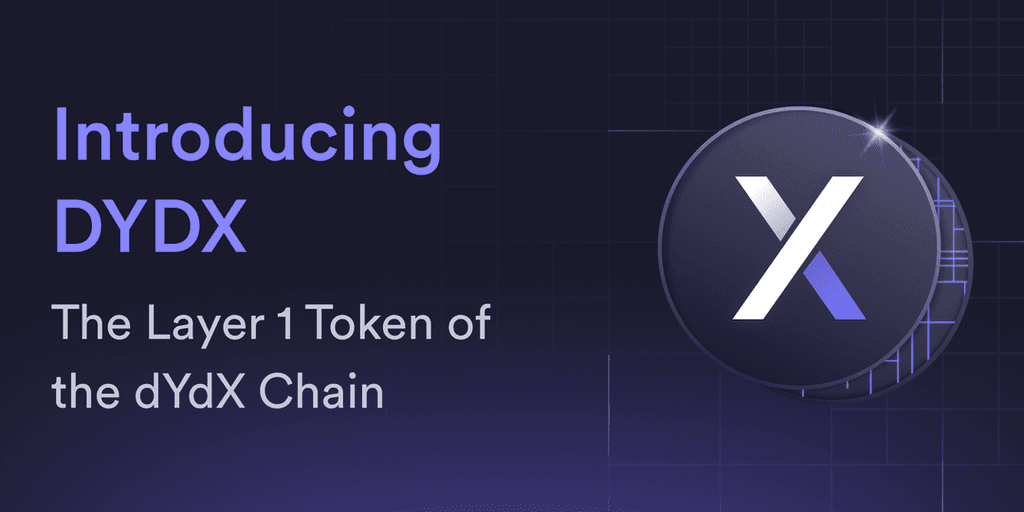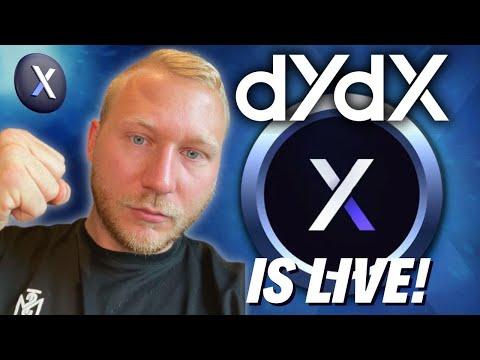What is Layer 1 (L1)?
Layer 1, often referred to as the base layer, is the foundational blockchain protocol on which decentralized applications (dApps), tokens, and other layers are built. These blockchains manage essential operations such as validating transactions, executing smart contracts, and securing the network. L1 blockchains operate independently, typically with their own consensus algorithms, native assets, and governance structures.
L1 networks like Bitcoin and Ethereum are responsible for achieving consensus, ensuring that every transaction added to the blockchain is verified and irreversible. Due to their importance in ensuring security and reliability, Layer 1 blockchains are often considered the backbone of the broader blockchain ecosystem.
Features of Layer 1 Blockchains
1. Consensus Mechanism
Layer 1 blockchains utilize consensus algorithms like Proof of Work (PoW) or Proof of Stake (PoS) to maintain network integrity. These mechanisms determine how participants (miners or validators) agree on the validity of transactions.
2. Native Currency
Each L1 blockchain often issues a native cryptocurrency. For instance, Bitcoin serves as the currency for the Bitcoin network, while Ether (ETH) is used on Ethereum. These native tokens incentivize participation and secure the network.
3. Smart Contract Capabilities
Some Layer 1 blockchains, such as Ethereum, offer smart contract functionality, enabling developers to build decentralized applications (dApps) directly on the base layer. Others, like Bitcoin, are more limited in functionality, focusing on secure value transfer.
Challenges Faced by Layer 1 Networks
L1 blockchains must address the “blockchain trilemma,” which refers to the trade-off between scalability, security, and decentralization. Increasing throughput (scalability) often comes at the expense of decentralization or security.
- Scalability Issues: Blockchains like Bitcoin face challenges in processing large transaction volumes quickly.
- Energy Consumption: PoW-based networks consume significant energy, raising environmental concerns.
- Upgradability: Implementing changes or improvements at the L1 level often requires consensus among a wide range of participants, making upgrades slow.
Examples of Layer 1 Networks
- Bitcoin (BTC): The first blockchain, focused on secure value transfer and decentralized consensus via PoW.
- Ethereum (ETH): A widely used platform for smart contracts and dApps, transitioning to PoS to enhance scalability and sustainability.
- Cosmos (ATOM): A Layer 1 blockchain that enables cross-chain communication through the Inter-Blockchain Communication (IBC) protocol.







